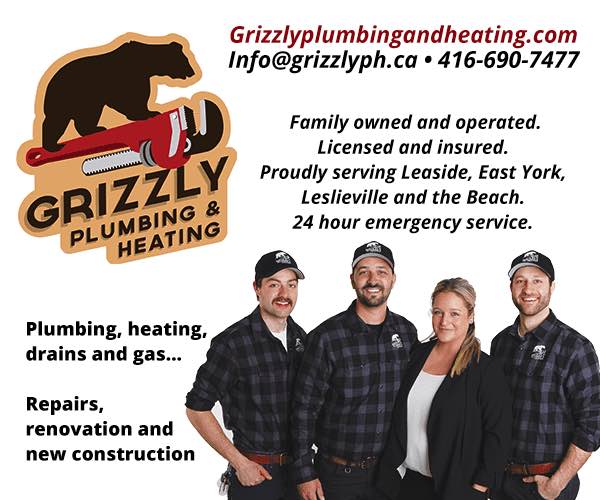Big changes proposed for “Neighbourhoods” are coming from the City, but ultimately from the province. Neighbourhoods – with a capital N – are lands designated for low density residential use. That’s 35 per cent of Toronto and even more of Leaside. Leaside has some Mixed Use lands along Bayview, Eglinton and Laird, and there have been some planned conversions from Employment Lands to Mixed Use (e.g. the area east of Laird and north of Vanderhoof), which permitted the recent condo tower development in that area. While Neighbourhood-designated lands in the Official Plan allow for heights no higher than four storeys, Leaside mainly has one- or two-storey single family homes and two-storey walk-up apartments.
This may change if Expanding Housing Options in Neighbourhoods (EHON) – Multiplexes is approved. Laneway housing and garden suites were recently approved by City Council – “as of right” across Toronto. City Planning is moving rapidly on multiplexes and the policy may well be approved by the time City Council holds its last regular meeting in July.
This initiative promotes so-called “missing middle housing,” i.e. semis, duplexes, fourplexes, townhouses and apartments up to four storeys. Leaside has many of these, but other than semis, the fourplexes and apartments are on main streets like Bayview and Eglinton. EHON would allow such development anywhere in the Neighbourhood-designated lands. This variety of housing is completely absent in many suburban areas of the City where bungalows often juxtapose with more recent towers.
I support this strategy in principle based on the idea of encouraging development across the City, rather than allowing overdevelopment in certain parts of the City, such as the Yonge-Eglinton Centre. However, this strategy must be planned, not just allowing residential growth willy-nilly. This initiative should not be about “adding multiplexes” but doing it within the context of building complete communities based on good transit access, community services, employment, cultural opportunities and shopping. The best opportunities for this type of intensification are in the low density suburbs.
But the province has recently released the Housing Affordability Task Force, which ups the ante on these and many more initiatives. The report endorses several initiatives the City is currently working on:
- Expanding EHON, permitting as-of-right low-rise multi-unit housing, secondary suites, and so on in residential areas throughout the province and getting rid of existing restrictions to single-family housing.
- Allowing as-of-right zoning for mid-rise (6-11 storeys) commercial-residential developments on all streets served by public transit.
- Reducing or eliminating minimum parking requirements.
It goes far beyond these to make a number of recommendations that frankly amount to a developer’s wish list:
- Repeal municipal policies/zoning that prioritize neighbourhood “character.”
- “Modernize” the building code to eliminate safety rules (e.g. second exit stairs) for low-rise apartments.
- Replace existing municipal zoning standards (setbacks, building depths, etc.) with province-wide uniform standards.
- Eliminate neighbourhood public meetings for developments (other than the statutory Council meeting required by the Planning Act).
- Legislate required response times at each stage of development review, and deem an application approved if any of those response times are exceeded.
- Remove/reduce residents’ right to appeal projects to the Ontario Land Tribunal component, but restore developers’ rights to appeal area-wide Official Plan changes.
- Allow the Ontario Land Tribunal to award full costs against residents or municipalities on a successful appeal against a council decision that overrides a staff recommendation.
- Penalize municipalities that fail to meet provincial housing growth targets and approval timeline requirements by reducing provincial funding.
The task force fails to recognize the role of land speculation and the increase of investment properties compared with homeowner properties. Leaside experienced a 30 per cent increase in average house price in the last year alone. Toronto and much of Ontario is experiencing “out of control, hyper escalation of home prices” as stated in Councillors Colle and Filion’s Member Motion (which passed) to request the Government of Ontario introduce a Home Speculation and Home Flipping Tax to help stop the extreme increases in home prices driven by land speculators and home flippers in the City of Toronto.
What do you think about EHON and the other initiatives? We need to hear from you.


